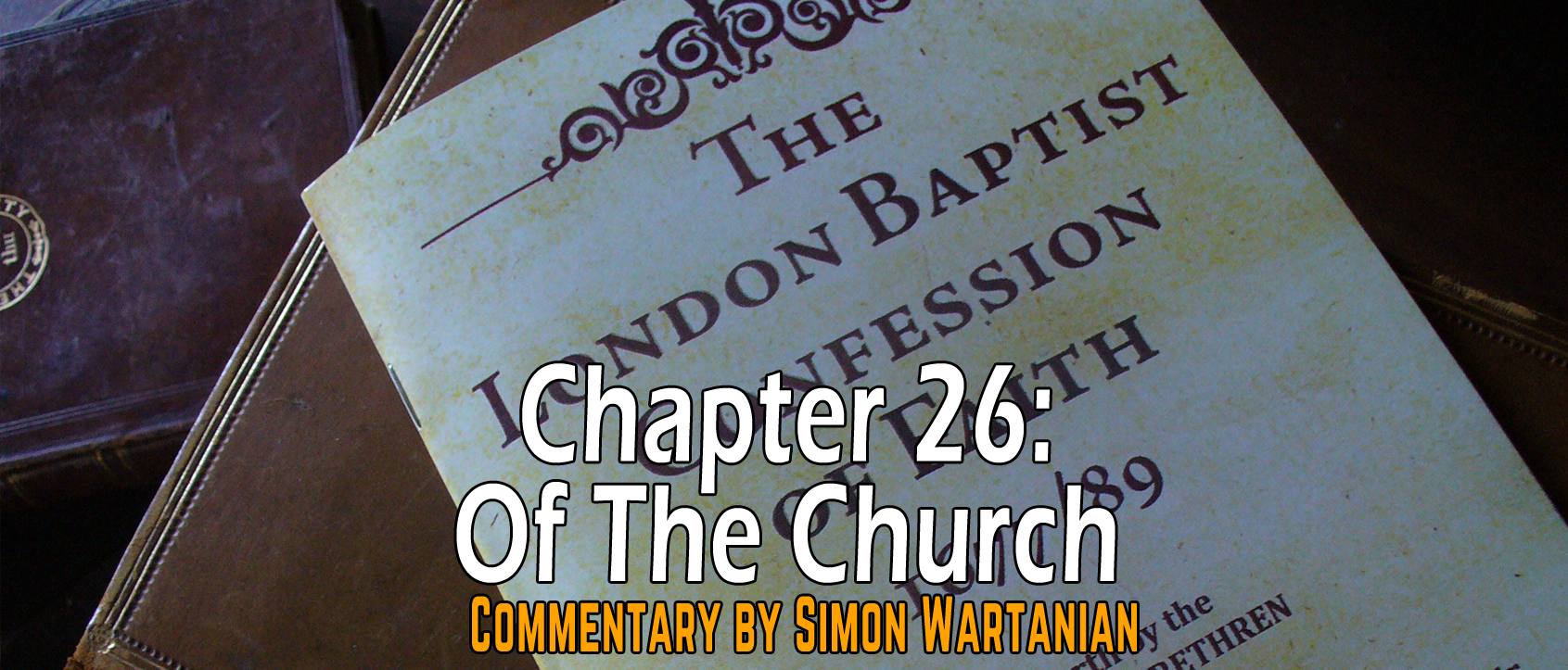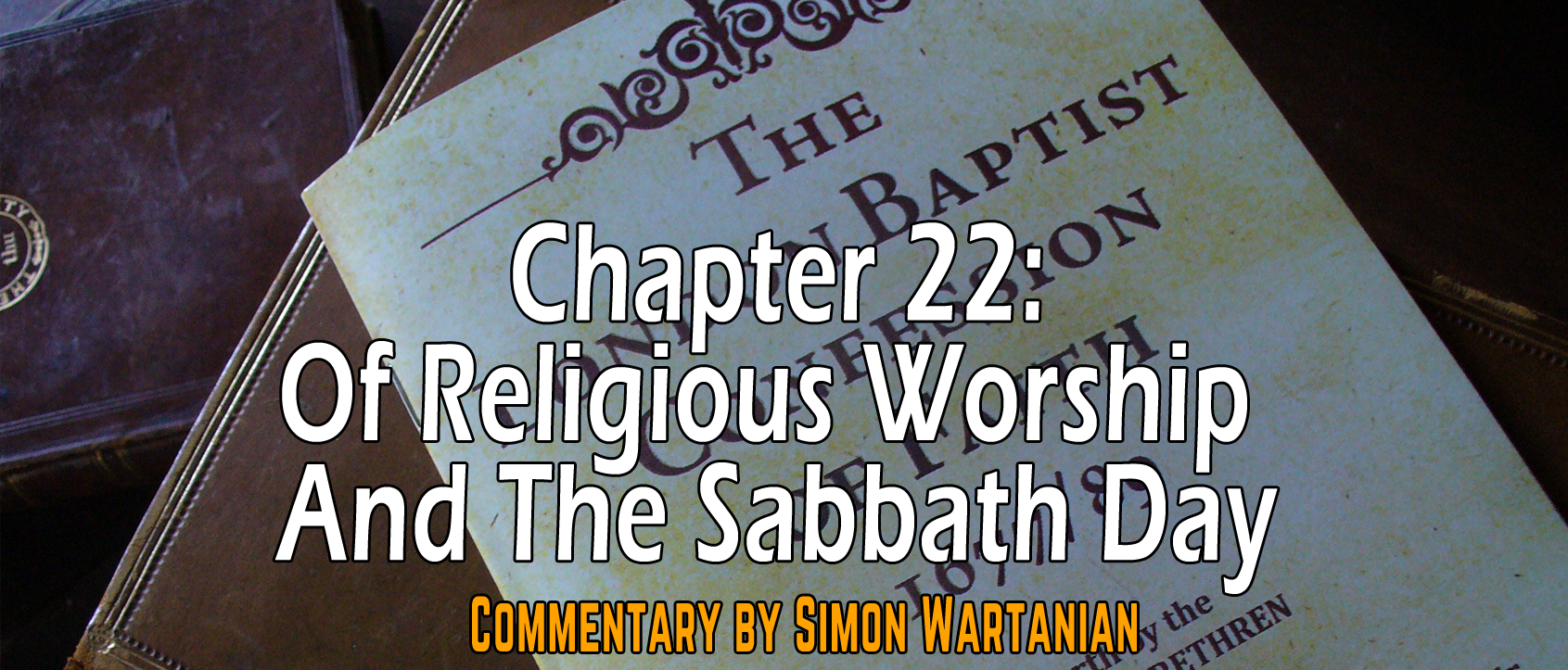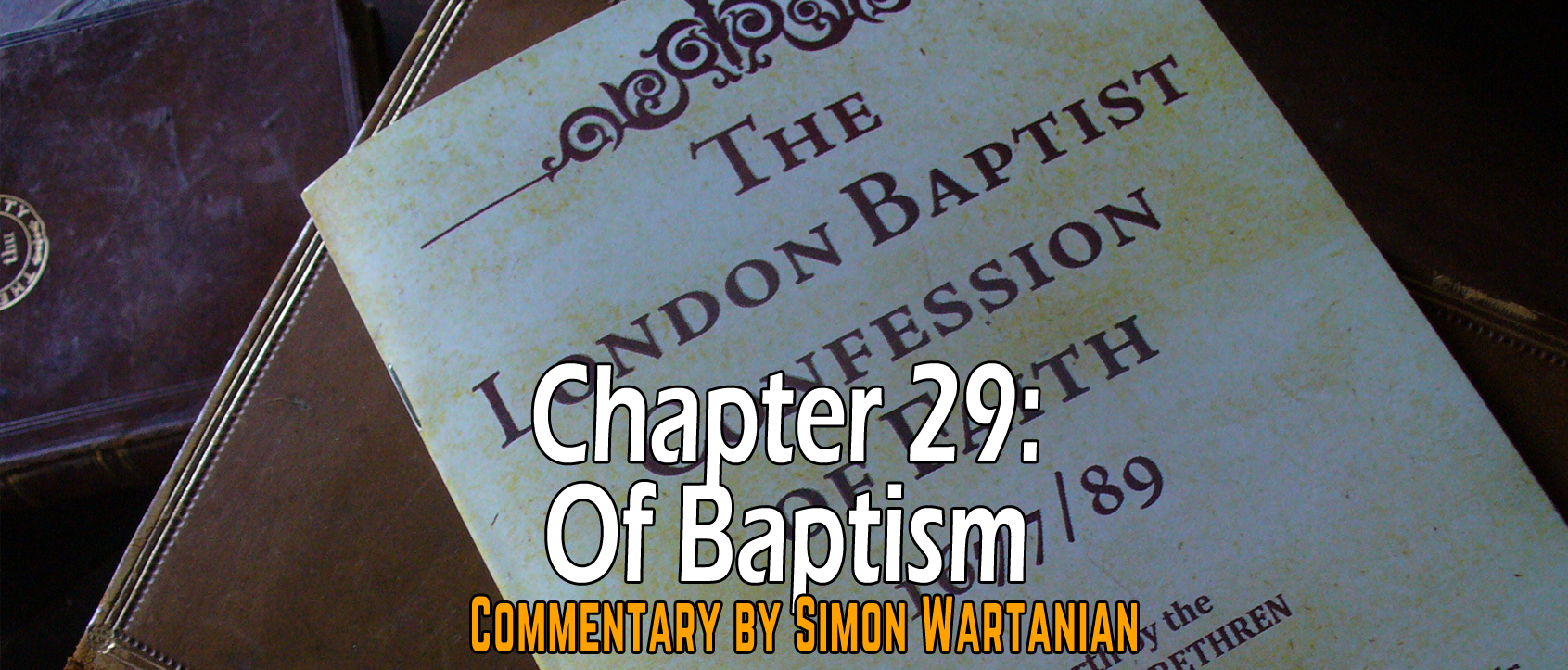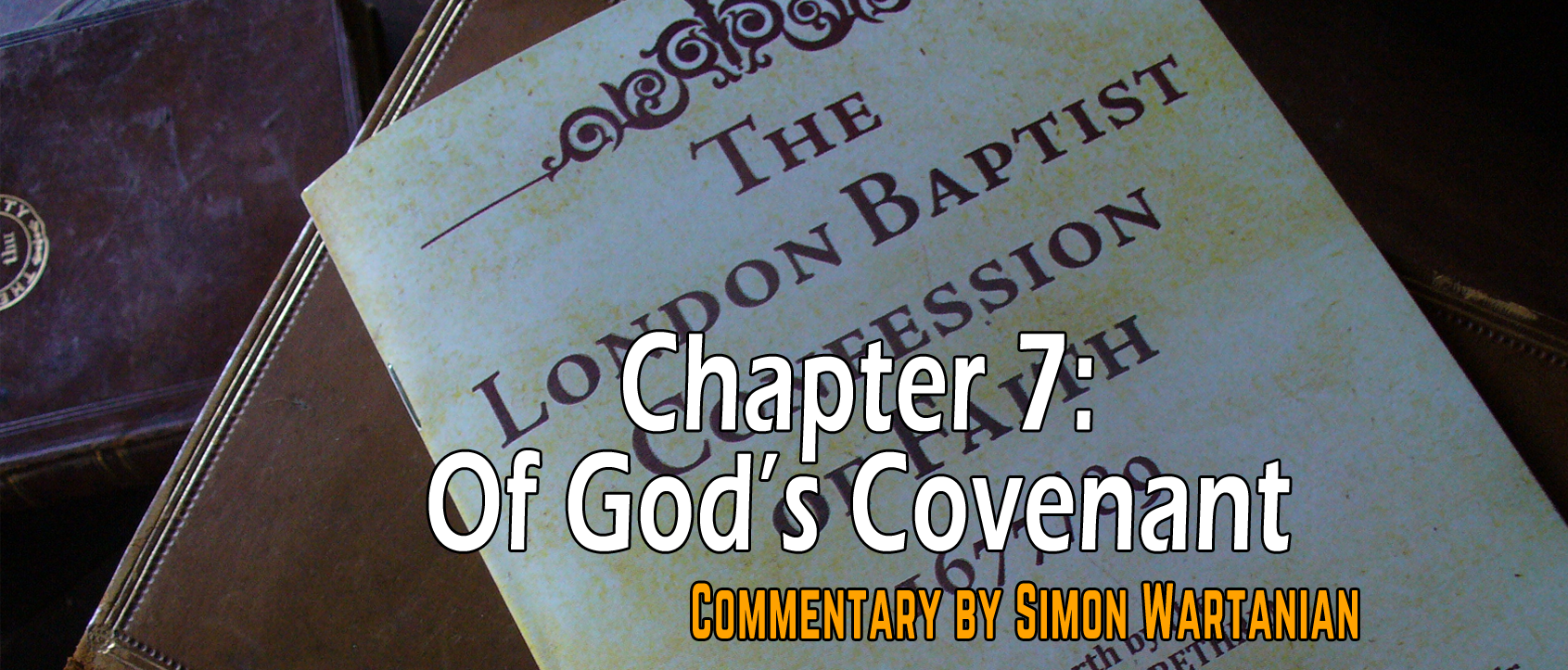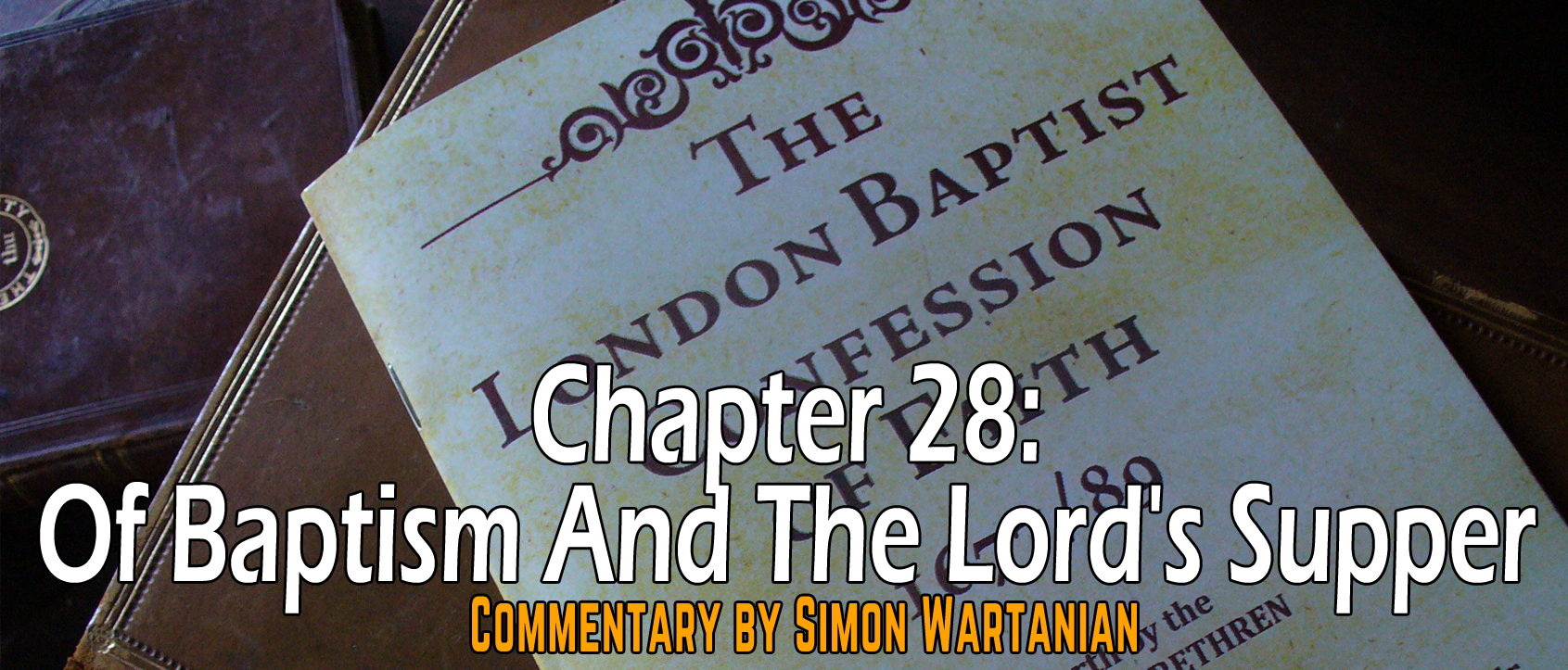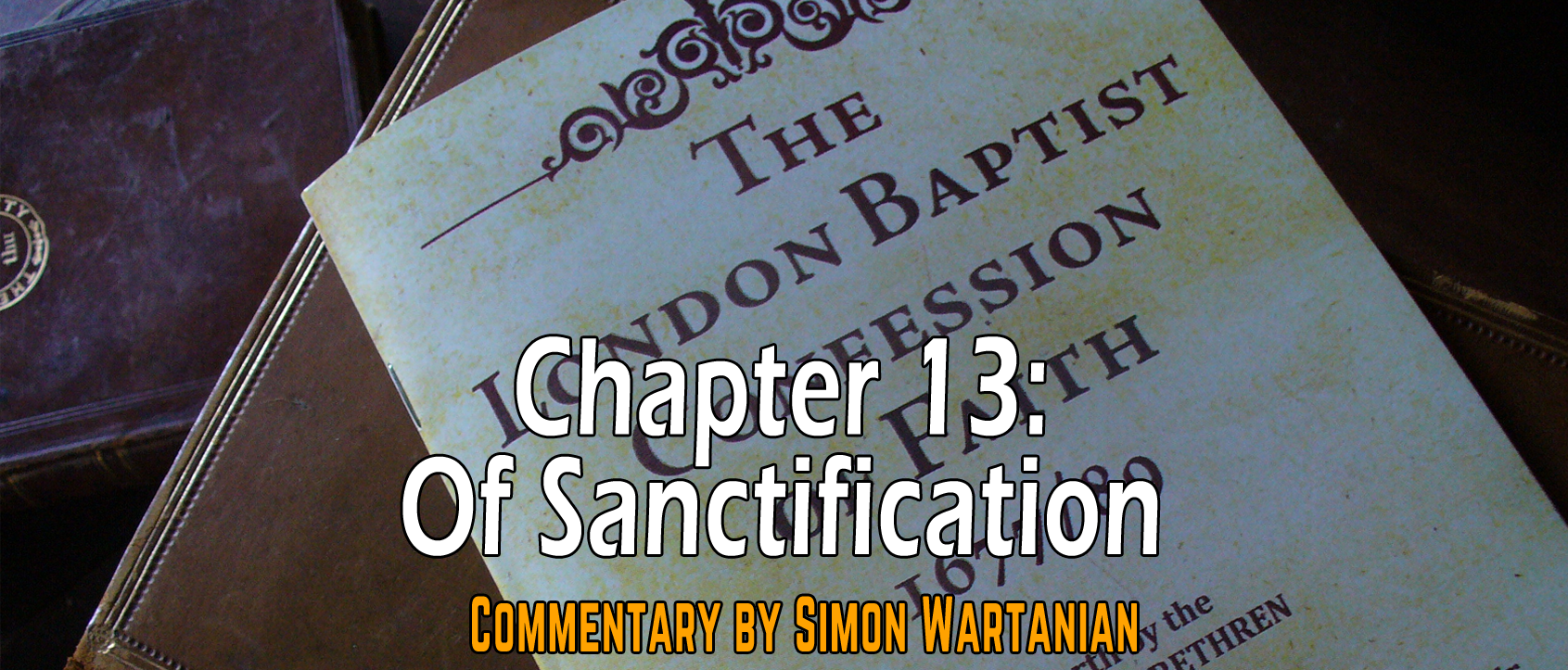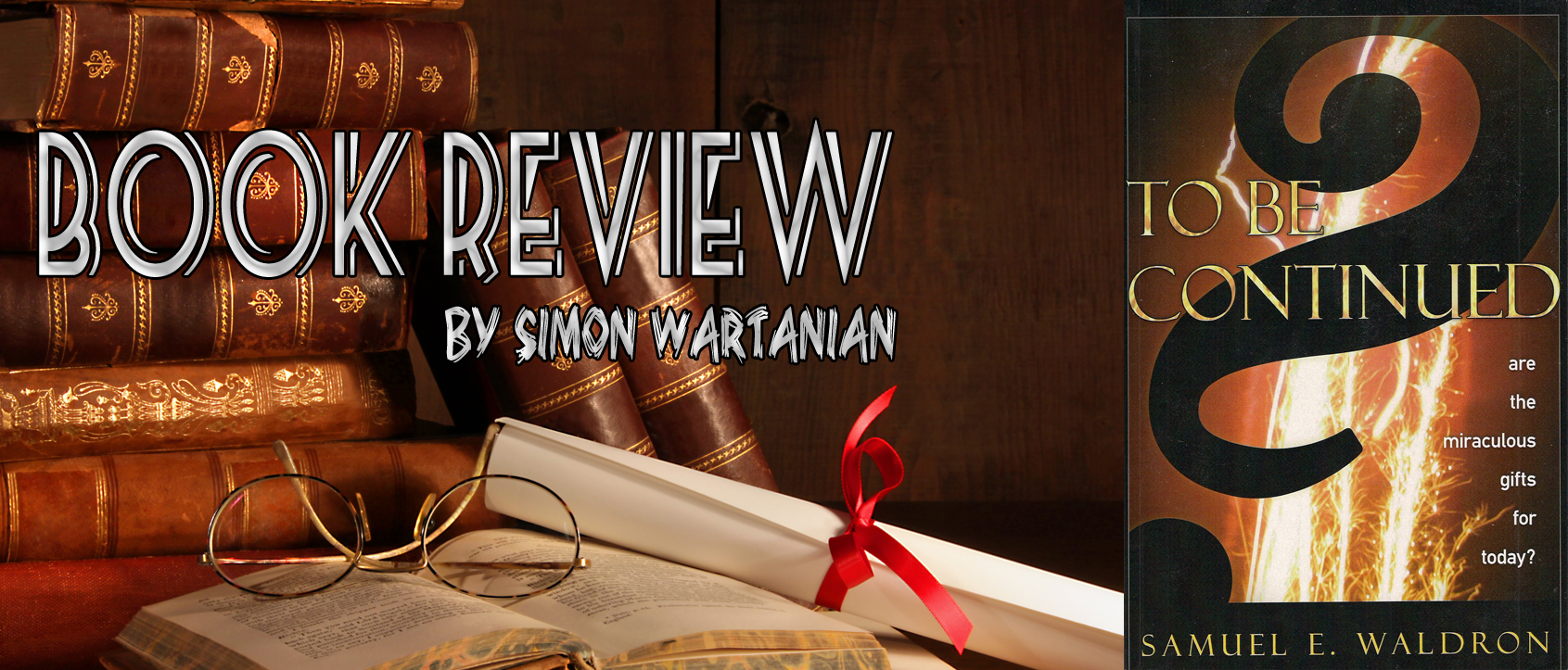This is the longest chapter in the Confession. Without question, this chapter is different than the sister confessions. The doctrine of the church was and is one of the most important distinctions between paedobaptists and Baptists. Covenant Theology, as noted in chapter 7, is an important difference between our Reformed paedobaptist brethren and us, Reformed Baptists. Practically, 1689 Federalism manifests itself in the doctrine of the church. One of the primary distinctive of Baptist ecclesiology is regenerate membership. Furthermore, the distinction that only those baptized upon a profession of faith may be members of a Local Church. This distinction and difference must be placed in the light of the huge agreement concerning almost all other areas of the Confession. Our forefathers basically copy-pasted from the Congregationalists and Presbyterians. Alan Dunn observes the following on the historical setting of this chapter:
On the one hand, our Confession was written in an attempt to distinguish us from the false Roman Catholic Church. We will encounter statements in which Roman Catholic teaching is refuted. On the other hand, our Confession aligns us with churches that proclaim the gospel and worship Christ in obedient submission to Scripture.
Among such Biblically orthodox churches however, there are yet differences held with honest Biblical conviction. Therefore, our Confession also expresses our Baptistic and Reformed distinctives in contrast to our Presbyterian and non-Reformed brethren.[1]
§1 The Universal Church Consists Of The Whole Number Of The Elect
- The catholic or universal church, 1 which (with respect to the internal work of the Spirit and truth of grace) may be called invisible, consists of the whole number of the elect, that have been, are, or shall be gathered into one, under Christ, the head thereof; and is the spouse, the body, the fulness of him that filleth all in all. 2
- Matt. 16:18; 1 Cor. 12:28; Eph. 1:22; 4:11-15; 5:23-25, 27, 29, 32; Col. 1:18, 24; Heb. 12:23[2]
- Eph. 1:22; 4:11-15; 5:23-25, 27, 29, 32; Col 1:18, 24; Rev. 21:9-14
The catholic (meaning universal) church, which is called invisible, consists of the whole number of the elect (e.g., 1 Cor. 1:2; Heb. 12:23). The universal church does not consist only of New Covenant Christians, but of the whole number of the elect who have been, are, or shall be gathered into one, under Christ. Notice that the church consists of the elect who are gathered, i.e., converted. In their unregenerate state, the elect are not part of the universal church until they are gathered into Christ. Christ is the head (Col 1:18) and the church is the spouse (Eph. 5:25), the body (Col 1:18) and the fullness (Eph. 1:23) of Christ.
The word “catholic” means universal and hereby, our forefathers are agreeing with the last part of the Apostles’ Creed:
I believe in the Holy Spirit, 9. the holy catholic Church, the communion of saints, 10. the forgiveness of sins, 11. the resurrection of the body, 12. and the life everlasting. Amen.
Neither the Nicene Creed nor the Confession refers to the Roman Catholic Church in the word “catholic”, but to the universal Christian Church of Jesus Christ. This church is the universal invisible church. This designation refers to true believers, who were chosen before the foundation of the world, are members of the New Covenant and not merely members of a lo...
